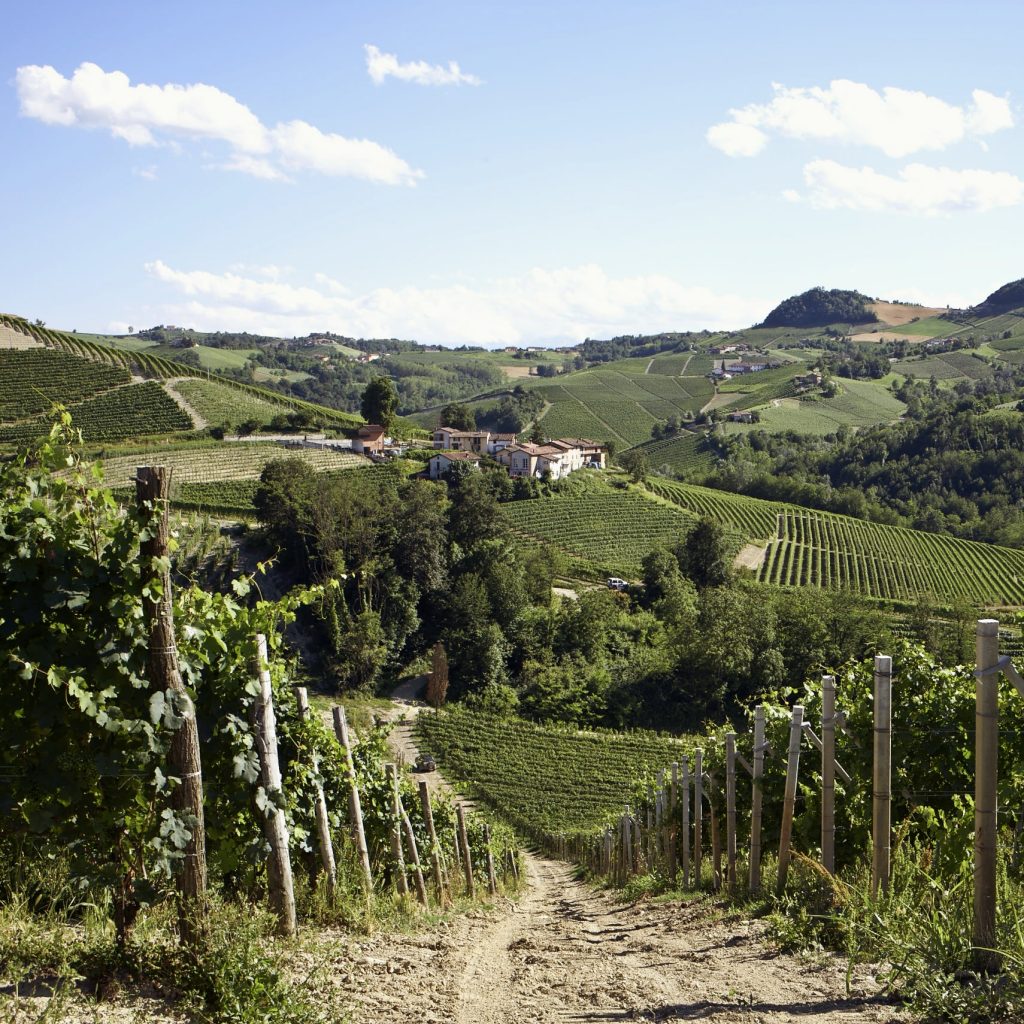Barolo 2017 vintage report
Author: Davy Żyw

The 2017 vintage in Barolo is a “modern-age classic”, says our Italy Buyer, Davy Żyw.
In Barolo, 2017 was one of the driest and hottest vintages on record. But this headline doesn’t reveal the true nature of the vintage: ’17 offers an incredible breakaway from the overripe uniformity one might expect from such a hot and dry year. The wines surprise and delight, with charming fruit, supple tannins and delightful freshness. There’s as much energy and tension here as in many of the greatest years of Barolo. And many are worthy of long cellaring.
The new release was always going to be in the long shadow of the monumental ’16 vintage, but these wines offer us something different. And it’s impossible not to be charmed by them. If ’16 gave us classical greatness, ’17 offers us a modern-age classic.
THE GROWING SEASON
High temperatures in much of April boosted the vegetative growth. But, like much of Europe, spring frost in April hit many producers, reducing yields, especially in the lower-altitude vineyards. The warm temperatures continued in May, and summer heat did not ease until September. This was timely in slowing down ripening before the harvest. Although the heat made the headlines, it was the lack of rain which defined this vintage. The Langhe experienced less than half the previous year’s rainfall between March and October; fortunately, the little rain that fell arrived at opportune moments.
Many vineyards ran the risk of hydric stress. Producers had to use their entire viticultural toolkit to maintain freshness while achieving desirable phenolic ripeness. Slowing down the vineyard was crucial: many producers did little or no leaf trimming, particularly on the south-facing vineyards, to keep full shade cover for their grapes; and little fertiliser and more selective green harvests were applied, to avoid over-maturity and concentration.
Illustrative of many producers, Nicola Oberto harvested his 70-year-old Rocche dell’Annunziata vineyard in mid-September, the earliest on record. Shorter macerations were also implemented; the wines did not need the usual extended time on skins to achieve complexity or the requisite tannic structure. Although the wine was closed and nervous in infancy, Nicola now maintains that it’s the greatest expression of Rocche he has ever produced.
STYLISTIC DIRECTION
Hot summers are not a mean indicator of quality in the modern age of Langhe. Producers once rallied for concentration and ripeness of their fruit, especially in a climate historically as marginal as Barolo. The ’17 vintage conditions prompted adaptation of many viticultural and vinification techniques, but the wine’s stylistic direction can also be attributed to the mindset of producers. Many are increasingly choosing to express classical elegance in their wines, rather than an intense, richer style – even in a year as arid as ’17.
Many producers are drawing parallels to the excellent ’15 vintage. But all producers that I’ve tasted with agree that we find better energy in ’17 – particularly from the higher altitude vineyards of Serralunga d’Alba, Castiglione Falletto, La Morra and much of Monforte d’Alba. There is an even greater difference between the village wines and cru wines this year. Nuanced advantages of terroir selection – particularly exposures, cru soils and vine age – have characterised many of the top wines; they deserve more time in the cellar. The village wines offer more immediacy in their youth.
A MODERN-AGE CLASSIC
The ’17 vintage proves the futureproof quality of Langhe’s terroir and producers, both adapting so well to the change in climate. This vintage shows how far producers have come to understand their raw material; 10 years ago, this year would have been an overripe disappointment. Instead, it is a modern-age classic, ’17 offers us many Baroli for immediate enjoyment. They are ripe and up-front in nature, with freshness and class. This is therefore a brilliant vintage for anyone looking to explore Barolo for the first time, and for established enthusiasts alike.
Much of the vintage offers us early or medium-term drinking – a delightful counterpoint to the time-demanding ’16s. But, as proven with the best multi-site Barolo blends, and the finest crus, generosity of vintage expression is not at the detriment of longevity or complexity; these wines will reward you in the years and decades to come.


